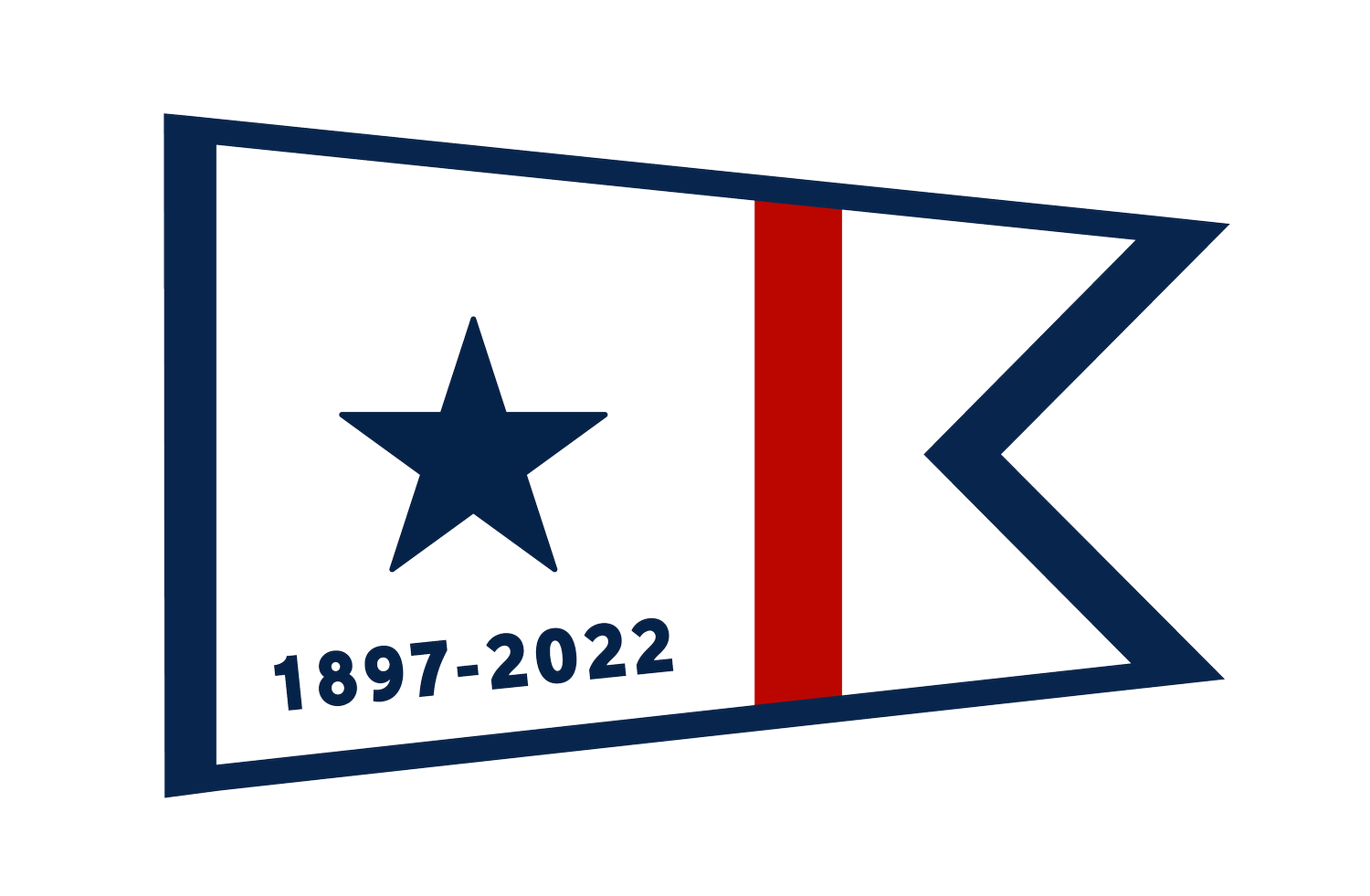The Everglades History.
At one point in history, the Everglades covered as much as 11,000 square miles of the southern portion of Florida. It was nicknamed the river of grass, as a continuous flow of water flowed from the Kissimmee River into Lake Okeechobee, all the way to the Florida bay. However, in 1905 a governor named Napoleon Bonaparte Broward decided to drain portions of the Everglades to make them suitable for agriculture and human development. Cities such as Miami and Fort Lauderdale sprouted, and large areas of swamp were destroyed in order to produce farmland.
In 1948 Congress passed the Central and South Florida Project Exit Disclaimer. This project is still, to this day, one of the most effective water management systems in the world. It uses various levees and canals to drain water into the ocean. This massive loss of water instantly began to affect the features of the marshland, along with the many species that dwell in the surrounding area. Salt water began to flow farther into the Marshes, and native plants began to be destroyed, foreign plants began to take root, and the continuous cycle of destruction continued. To this day, the everglades are about half the size that it used to be.


